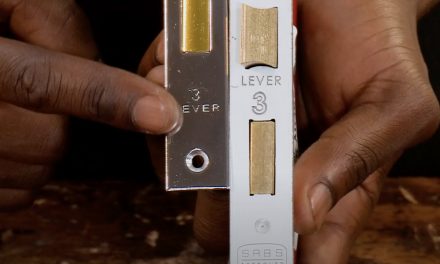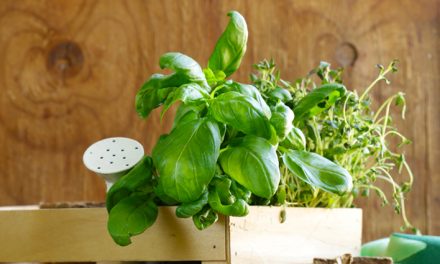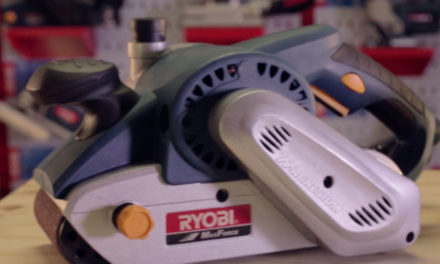Garden Master guide to pruning.
Prune your hedges to perfection:
A hedge can be an asset in any garden – especially those with formal designs. However, they can also become a nightmare if not treated properly.
Pruning hedges
Prune or shear hedges all year round to maintain their shape – the less volume that is removed at any one pruning session, the healthier it is for the plants. All hedges should be shaped so that the bottom is slightly wider than the top, as this allows the sun to reach the bottom, thus negating the possibility of bare or dead patches at the base. When trimming a hedge, it is easier to start on the sides, which is easier to keep straight. Use builder’s line and pegs across the top of the hedge to make sure it is kept perfectly straight in this region. There is nothing better looking than a straight hedge, and nothing worse than a wavy one. You can also invest in a wooden or metal frame to ensure that the hedge remains uniform in shape. Prune regularly every four to six weeks during the growing season, removing as little new growth as possible, while still maintaining the required shape and dimensions.

Drawing of shape
Before starting to prune, you need to ensure that your pruning tools are disinfected, clean, sharp, and designed for the specific task at hand. This minimises damage and bruising to pruned stems.
Loppers, and pruning or hedge shears, are the best tools to use for manual pruning. These come in two types – either a straight blade or more recently the wavy-blade types. Why the wavy blade? The standard straight-edge blade has its most efficient cutting angle towards the centre of the blade. The wavy blade instead is designed to maintain this ideal cutting angle throughout the length of the blade – producing a very efficient cutting action.
Telescopic hedge shears are also available for larger hedges, to get more reach. Garden Master has a range of hedge shears to suit everyone’s needs.

Products
- Deluxe Straight-Blade Hedge Shear
- Deluxe Wavy-Blade Hedge Shear
- Straight-Blade Hedge Shear
- Telescopic Straight-Blade Hedge Shear
- Telescopic Wavy-Blade Hedge Shear
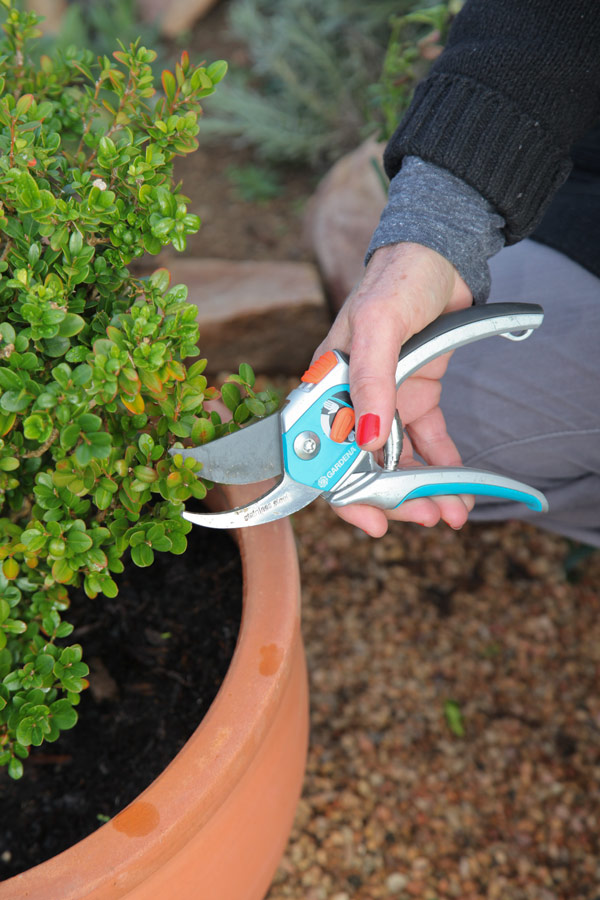
Choosing plants for a hedge
Choose the correct type of plants for your garden, taking into consideration climate, whether you will be planting in sun or shade, and considering the size or scale of the specific design. Remember that the slower-growing hedge plants usually last much longer than the quicker-growing varieties.
Here are a few of our hedging plants to choose from:
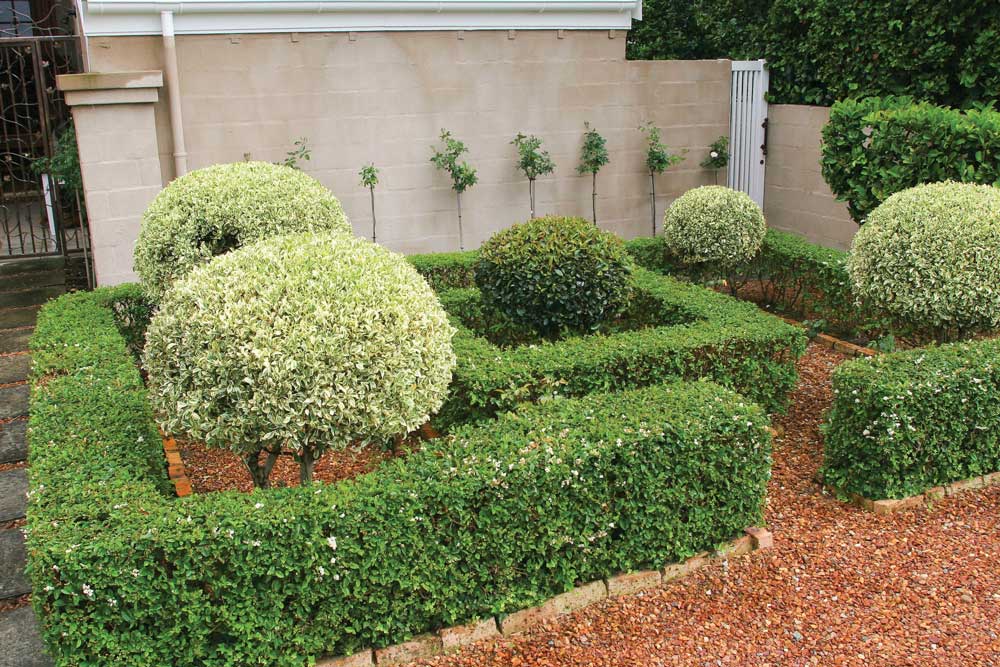
Cuphea mexicana ‘White Wonder’ (False heather)
- Full sun to semi shade, quick growing for warm sub-tropical climates
- Plants spaced 25 cm apart
- Recommended height: 20-30 cm
- Base width: 20-25 cm
Euonymous japonicus ‘Microphyllus’ (Dwarf Japanese spindle)
- Full sun to semi shade, slow growing evergreen for cold, temperate areas
- Plants spaced 25 cm apart
- Recommended height: 20-30 cm
- Base width: 20-25 cm
Buxus sempervirens ‘Faulkner’ (Box or Boxwood)
- Full sun to semi shade, slow growing, evergreen and best in cold, temperate climates
- Plants spaced 35 cm apart
- Recommended height: 35-50 cm
- Base width: 25-35 cm
Rosmarinus officinalis ‘Tuscan Blue’ (Rosemary)
- Full sun, fast growing, for areas with low summer humidity
- Plants spaced 35 cm apart
- Recommended height: 35 -50 cm
- Base width: 25-35 cm
Ilex crenata (Box-leaved holly)
- Full sun to semi shade, slow growing evergreen for cold climates
- Plants spaced 45 cm apart
- Recommended height: 50-70 cm
- Base width: 30-40 cm
Abelia grandiflora ‘Dwarf Gnome’ (Dwarf glossy abelia)
- Full sun and grows virtually throughout the country
- Plants spaced 45 cm apart
- Recommended height: 50-70 cm
- Base width: 30-40 cm
Duranta ‘Sheena’s Gold’ (Golden dew drop)
- Golden leaves in full sun, and lime green in shade, fast-growing evergreen for warm sub-tropical regions
- Plants spaced 60 cm apart
- Recommended height: 60 -80 cm
- Base width: 35-45 cm
Murraya exotica (Chinese box)
- Full sun to semi shade, medium grower for warm, frost-free areas
- Plants spaced 60 cm apart
- Recommended height: 60-80 cm
- Base width: 35-45 cm
Planting a new hedge
Once your plants have been selected according to your climate, start off with uniform-sized plants that are approximately the same age. Plant at the recommended spacing intervals in a well-prepared trench, as opposed to individual planting holes. Prepare the soil with optimum amounts of compost and root-stimulating fertiliser.
Steps
- Mark out the area for the trench with builders’ line and pegs. Dig out the area with a spade – to at least 60 cm deep. Keep the top half (the topsoil) to one side, to use back in the trench, unless it is bad quality, in which case discard and bring in extra topsoil. Discard the bottom half.
- Use a wheelbarrow load of Garden Master Compost (or kraal manure, or a mixture of the two) per 2 m of trench. Place the compost in the bottom of the hole to encourage plant roots to grow downwards to make the hedge stronger. Replace the topsoil and firm it down, adding a layer of compost on the top to feed the young plants.
- Place a cut piece of weed-control fabric over the trench and peg it down. Mark the position of the plants according to the recommended spacing for your specific type of hedging plants (your nursery will be able to help you). Cut crosswise slits in the fabric for each plant.
- Plant the plants in the holes, checking regularly that the line of plants is perfectly straight.
- Water well.
- Cover the weed-control fabric with a layer of mulch.
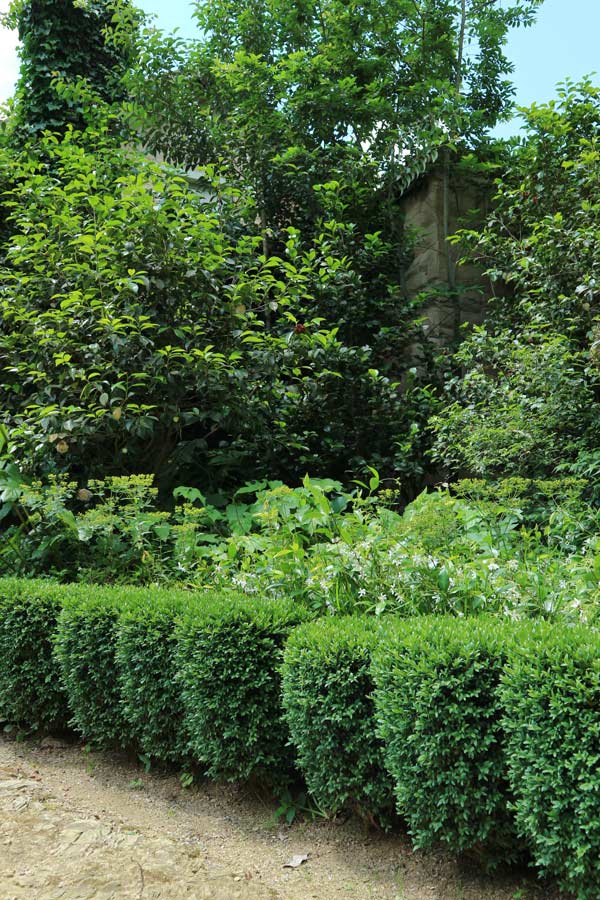
Formative pruning
Formative pruning after planting depends on the size, shape and form of the plants. Normally it is advisable to cut back all the plants after planting to a similar size and stage of growth, in order to encourage basal branching. A good, dense, initial framework of branches, is absolutely essential for any hedge.
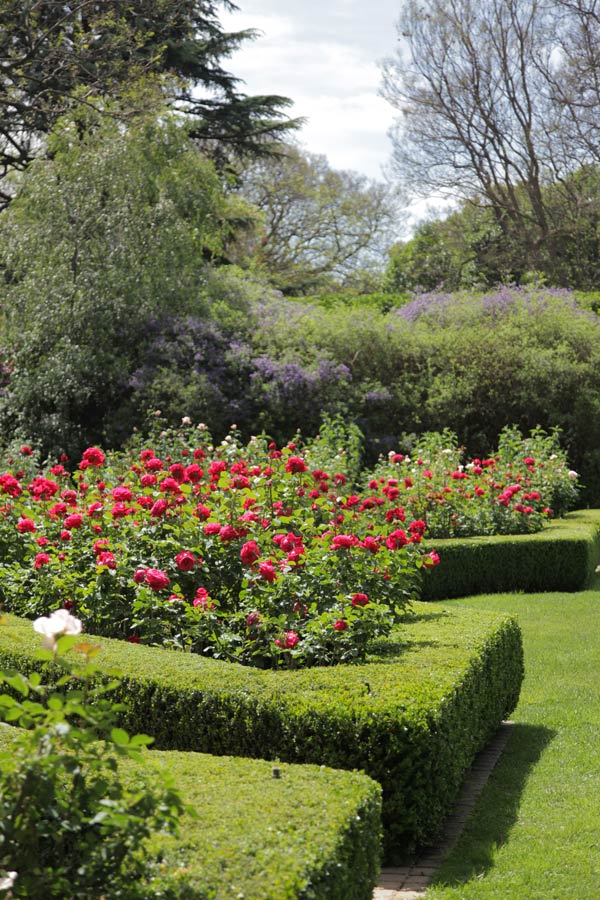
Fertilising and care
To promote healthy green foliage, feed the hedge every six weeks during the growing season with a fertiliser blend that is high in nitrogen. Water during prolonged periods of little or no rainfall.



